Your living room should be a welcoming space where guests feel at ease, but some design choices may unintentionally make them uncomfortable. Whether it’s awkward seating arrangements, overwhelming décor, or impractical furniture, certain elements can create an uninviting atmosphere. While these choices might work for your daily life, they can make visitors feel out of place or hesitant to relax. Paying attention to these small details can help create a more inviting environment for everyone who steps into your home.
1. Overly Firm or Overstuffed Furniture
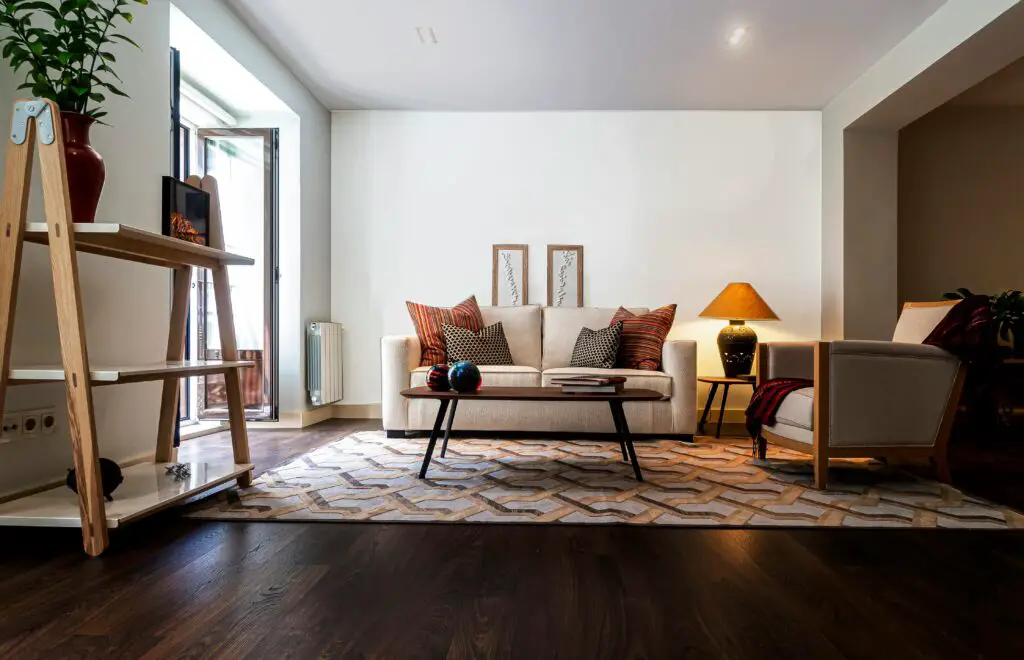
According to Architectural Digest, seating comfort is one of the most important factors in making guests feel welcome. However, sofas and chairs that are too firm or overly plush can be difficult to sit on for extended periods. Firm cushions may force guests into uncomfortable postures, while overly soft seating can make it hard to get up. Finding a balance between support and coziness can make a big difference in how guests experience your space.
A good rule of thumb is to test your furniture’s comfort by sitting in it for at least 30 minutes. If you find yourself shifting frequently or struggling to get up, your guests will likely have the same experience. Providing a mix of seating options, such as a medium-firm sofa with a few cushioned chairs, can accommodate different preferences. Adding a few supportive throw pillows can also make stiff seating more inviting.
2. Too Many Personal Photos
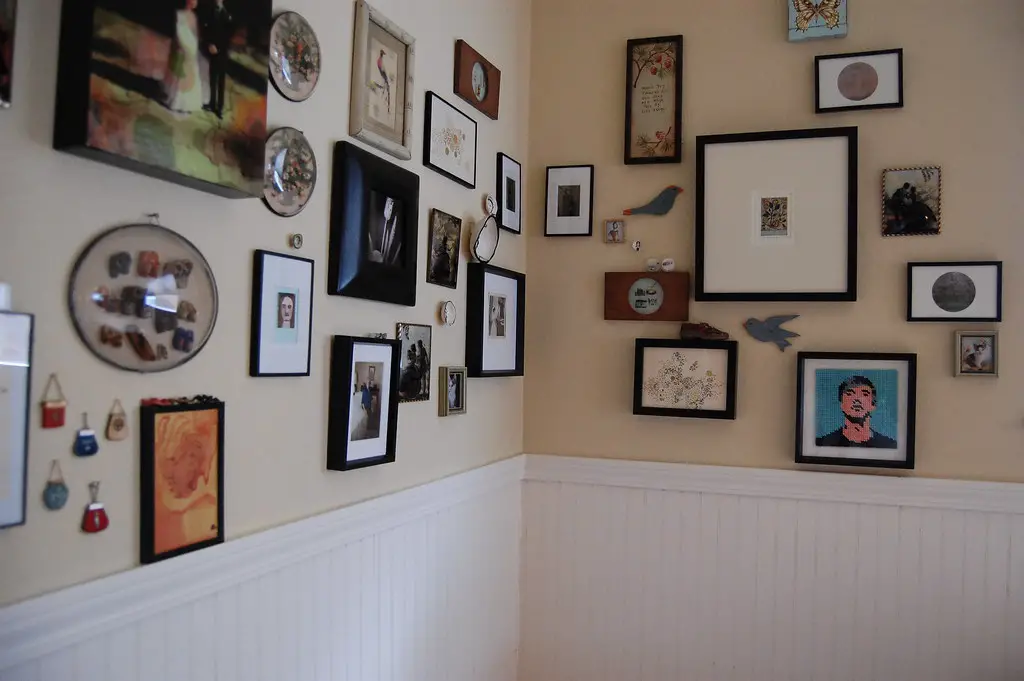
As noted by House Beautiful, while family photos add warmth to a space, an overwhelming number can make guests feel like intruders. If every available surface is covered in framed pictures, visitors may feel out of place or overly aware that they are in someone else’s private domain. This is especially true in formal living rooms where guests may expect a more neutral environment. Limiting photo displays to a few key areas can create a balance between personal touches and guest-friendly décor.
Instead of filling every wall with family portraits, consider selecting a few meaningful pieces to showcase. A curated gallery wall or a single framed photo on a console table can add a personal touch without overwhelming visitors. If you love displaying pictures, rotating them seasonally can keep the décor fresh while preventing visual clutter. This approach maintains a welcoming atmosphere while still celebrating your family’s memories.
3. Bright or Harsh Lighting
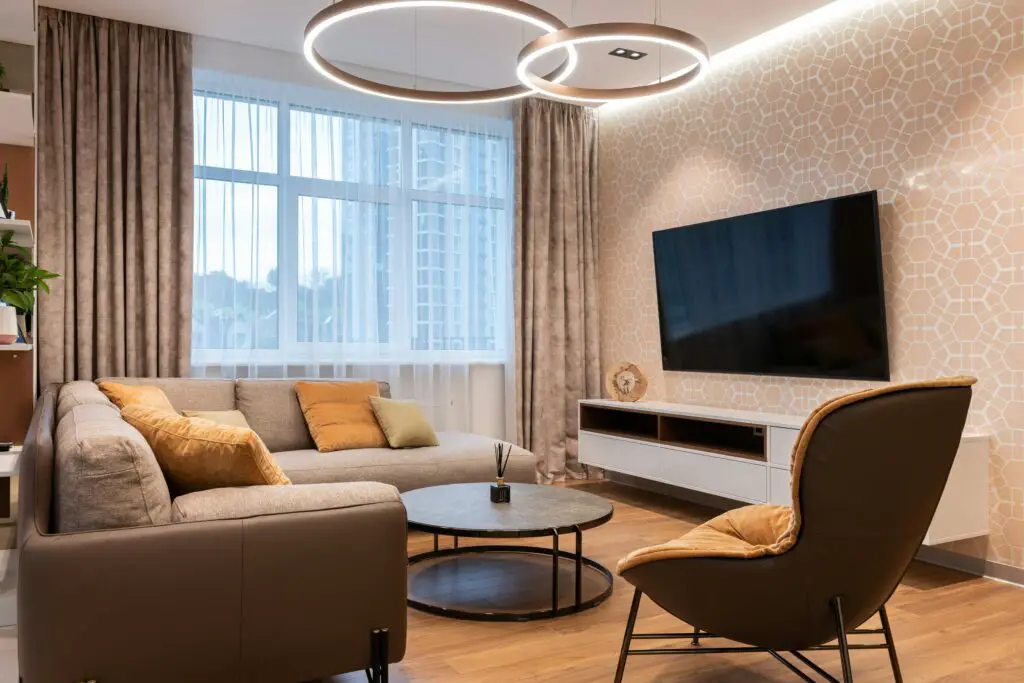
According to Better Homes & Gardens, lighting can significantly impact the ambiance of a space, and overly bright or harsh lights can make guests feel uncomfortable. Fluorescent or stark white LED bulbs can create an unwelcoming atmosphere, making a room feel sterile rather than cozy. On the other hand, dim lighting that’s too low can make it difficult for guests to see clearly or navigate the space. A well-lit living room with layered lighting options is ideal for creating a comfortable environment.
Using warm-toned bulbs can instantly make a room feel more inviting. Dimmable lights allow for flexibility, letting you adjust brightness depending on the time of day or occasion. Adding table lamps and floor lamps in key areas can provide softer illumination that feels more natural. Guests will feel more at ease when they can relax in a well-lit but not overpowering environment.
4. No Clear Walking Paths
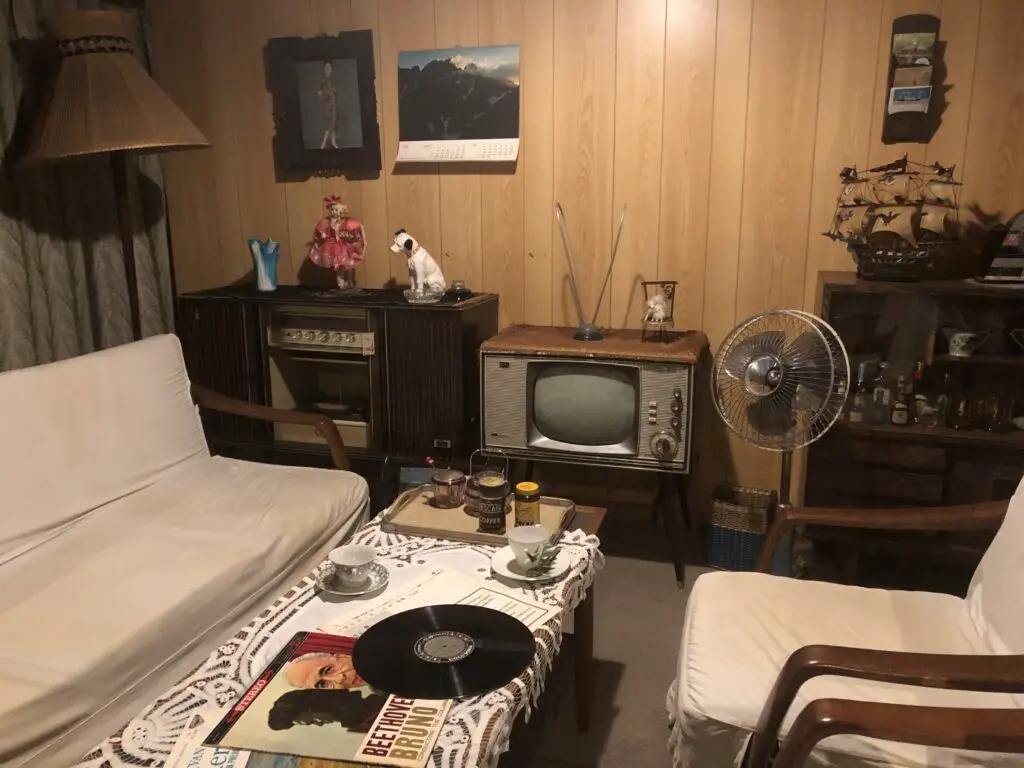
As The Spruce points out, a cluttered or awkward furniture layout can make it difficult for guests to move through the living room comfortably. If people have to squeeze between tables or navigate around oversized furniture, they may feel hesitant about moving freely. A poorly planned space can also create tripping hazards, making it especially challenging for older guests or those with mobility issues. Ensuring clear walking paths can make your living room more functional and welcoming.
To improve flow, start by identifying the natural pathways in your space. Arrange furniture so that guests can move between seating areas without obstruction. Keeping at least 18 inches of space between furniture pieces allows for easy navigation. Removing unnecessary items like oversized coffee tables or extra side chairs can further open up the space.
5. Unstable or Delicate Furniture
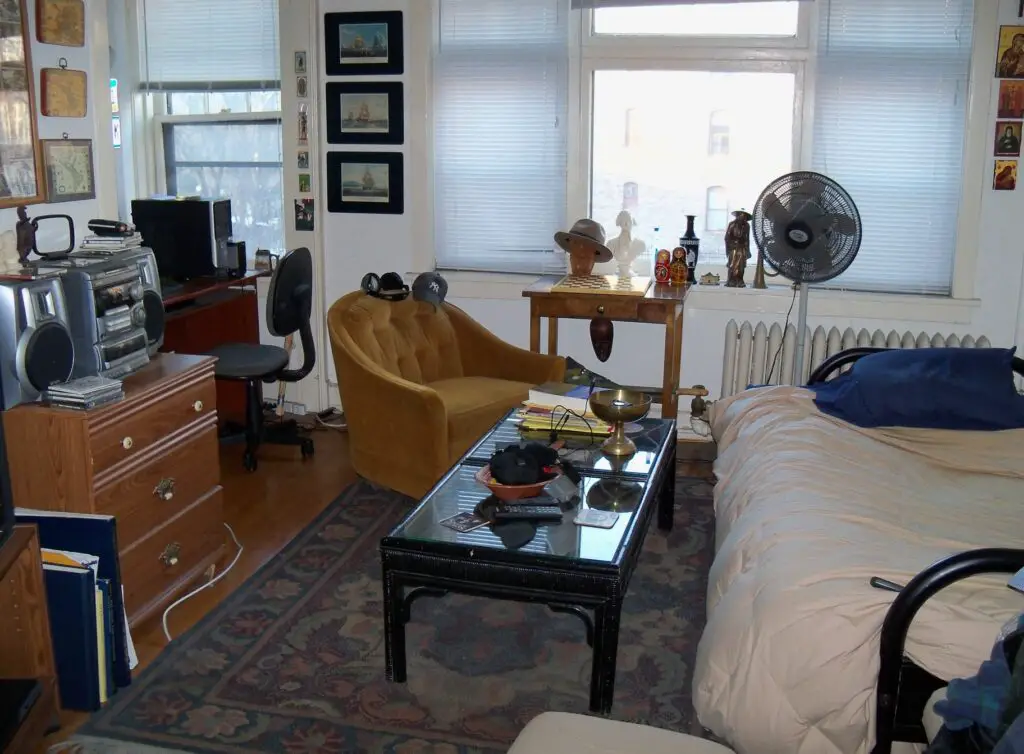
Furniture that wobbles or feels fragile can make guests nervous about using it. If a chair creaks when someone sits down or a glass coffee table feels unstable, visitors may hesitate to interact with the space. This is especially true for delicate antique pieces that look like they could break under the slightest pressure. Guests want to feel comfortable using your furniture without worrying about causing damage.
Regularly checking your furniture for stability can help prevent these issues. Tightening loose screws, replacing weak chair legs, or reinforcing wobbly tables can make a big difference. If you own delicate antiques, consider using them as decorative elements rather than primary seating. Offering guests sturdy and reliable furniture options will ensure they feel at ease in your home.
6. A Lack of Places to Set Drinks
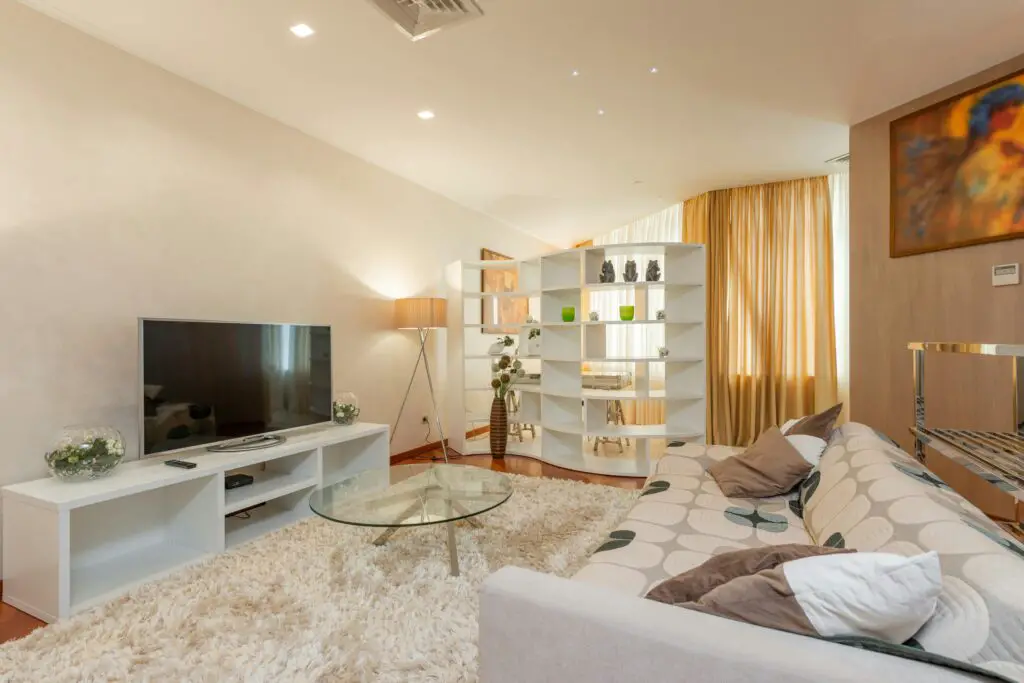
Guests often appreciate having a convenient place to set down drinks, and a lack of surfaces can lead to awkward situations. If your living room only has a single coffee table that’s out of reach, visitors may feel unsure of where to place their beverages. This can result in guests either holding their drinks uncomfortably or placing them on the floor, which increases the risk of spills. Providing multiple surfaces makes entertaining more seamless and enjoyable.
Side tables, nesting tables, or even decorative stools can function as convenient drink holders. Positioning these pieces within easy reach of seating areas ensures guests always have a place for their cups. Coasters placed strategically around the room also signal to guests that it’s okay to set drinks down. Small adjustments like these can make your living room feel more accommodating.
7. Too Many Throw Pillows
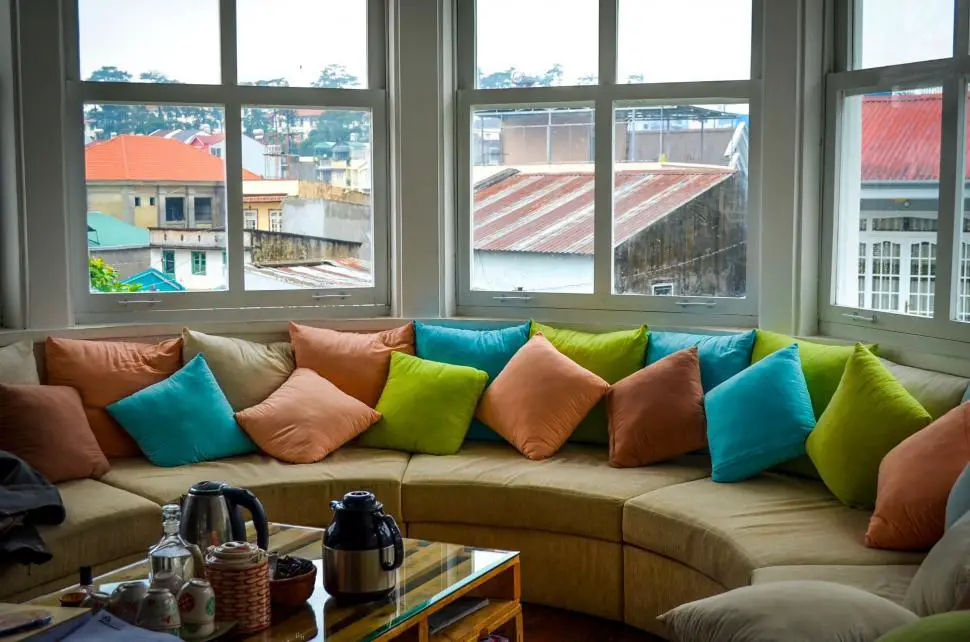
While decorative pillows can add style to a room, an excessive number can make seating impractical. Guests may find themselves constantly moving pillows out of the way just to sit comfortably. If they feel like they’re sinking into a pile of cushions, they might struggle to relax. A few well-placed pillows can enhance comfort, but too many can create unnecessary clutter.
Choosing a few supportive yet stylish pillows can strike the right balance. Opt for ones that complement your décor while still allowing for ample seating space. Keeping pillows neatly arranged instead of scattered can also improve functionality. Guests will appreciate a cozy yet uncluttered seating area that lets them sit comfortably.
8. Loud or Distracting Artwork
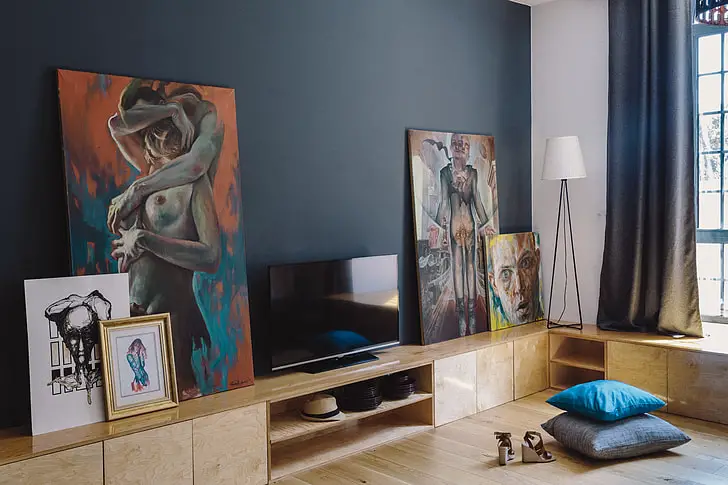
Bold artwork can make a statement, but some pieces may be overwhelming or unsettling to guests. Extremely bright colors, abstract designs, or oversized prints can dominate a space and create visual discomfort. Certain themes, such as intense portraits or chaotic patterns, may make guests feel uneasy without them realizing why. While personal taste is important, considering how artwork affects the mood of a room can enhance comfort.
Balancing statement pieces with neutral décor can create a more harmonious environment. Softer colors and nature-inspired artwork tend to be more universally calming. If you love bold pieces, pairing them with more subdued elements can prevent overstimulation. Thoughtful curation of your art collection ensures a visually appealing space without overwhelming visitors.
9. Strong or Overpowering Scents
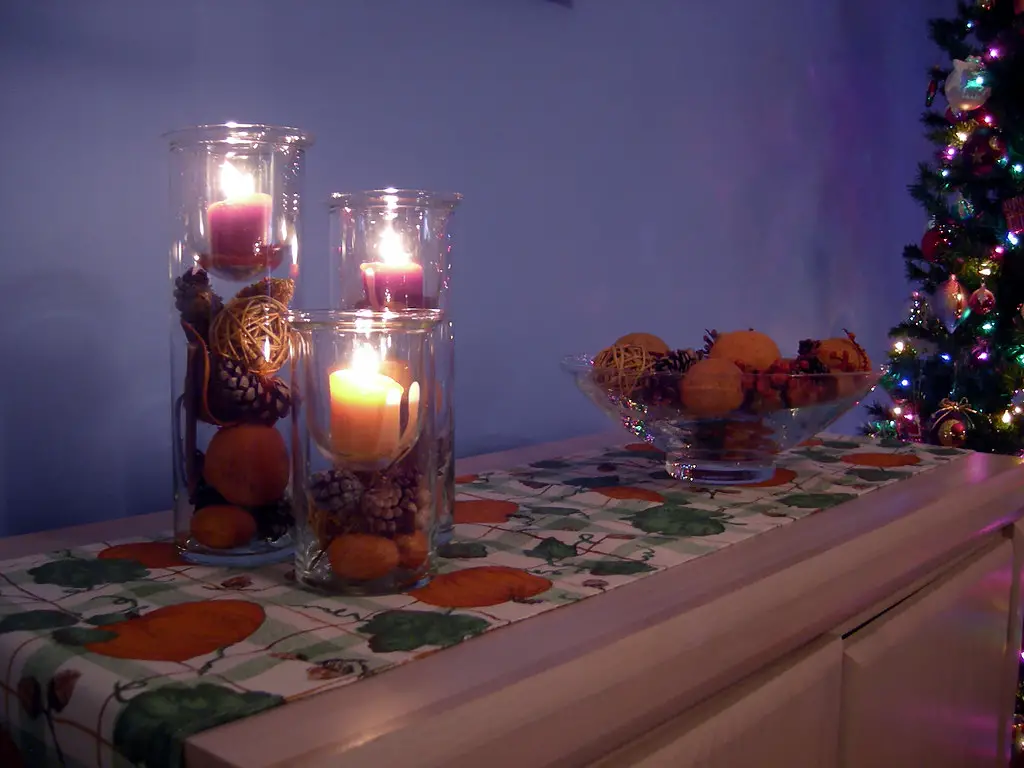
While a fresh-smelling home is inviting, overly strong scents can be overwhelming for guests. Strongly scented candles, diffusers, or air fresheners can trigger allergies or headaches, making visitors uncomfortable. Some people are sensitive to artificial fragrances, especially if multiple scents compete in a single space. A subtle, fresh scent is more welcoming and less likely to cause discomfort.
Opting for mild, natural scents like lavender, vanilla, or citrus can create a pleasant atmosphere. Ventilating the room before guests arrive can also help maintain a fresh, neutral scent. If you enjoy using scented products, consider lighter formulas or essential oil diffusers with adjustable intensity. A well-balanced fragrance makes a living room feel inviting without overpowering the senses.
10. Overly Themed Décor
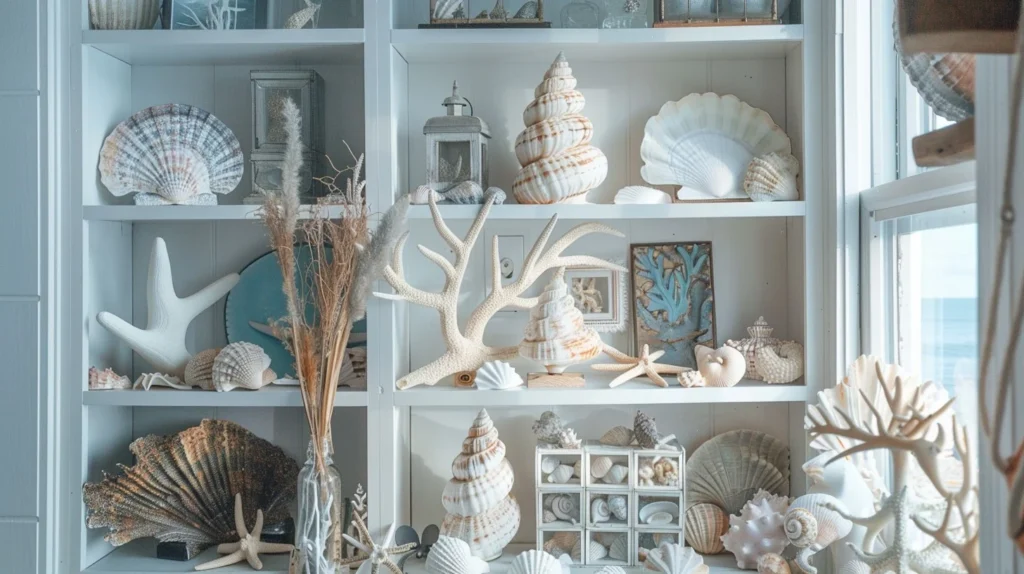
A highly themed living room can feel more like a showroom than a comfortable space. When every element follows a strict aesthetic, guests may feel out of place or hesitant to relax. Over-the-top themes, such as nautical, rustic farmhouse, or retro diner, can make the room feel more like a curated exhibit than a lived-in home. While personal style is important, moderation creates a more versatile and welcoming environment.
Blending themed elements with neutral or classic pieces can make a space feel stylish yet comfortable. Instead of fully committing to one aesthetic, incorporating subtle accents allows for flexibility. Softening bold themes with simple furniture and natural textures can make the room more approachable. Guests will appreciate a well-designed space that feels both unique and inviting.
11. Low or Awkward Seating
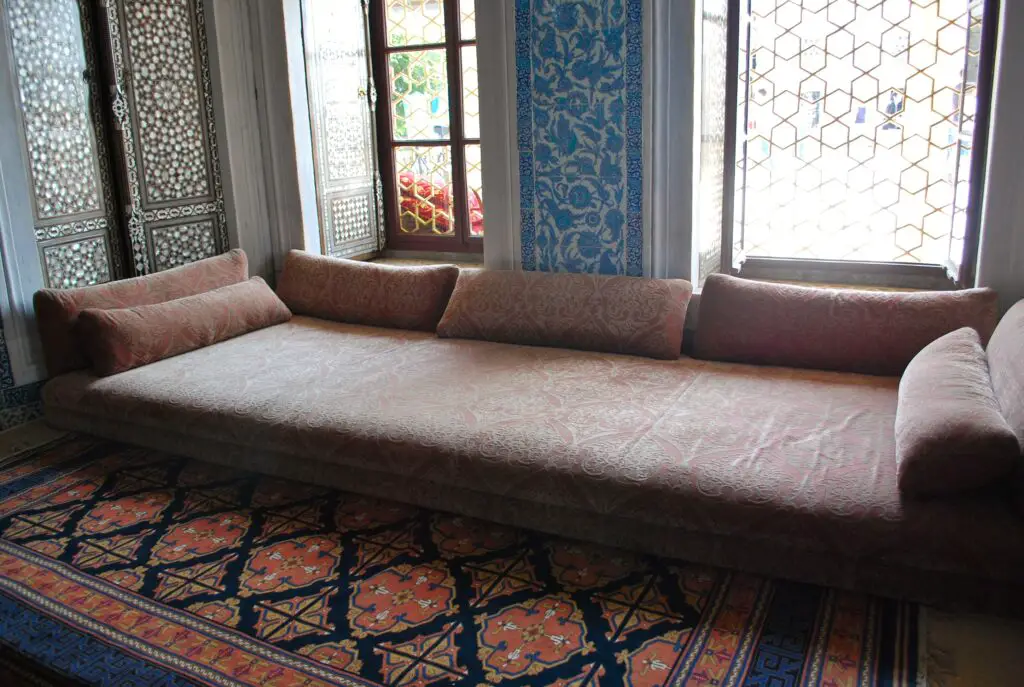
Seating that is too low to the ground can be uncomfortable for many guests. Floor cushions, ultra-low sofas, or deep sunken seating may look stylish, but they can be difficult for some people to use. Older guests or those with mobility issues may struggle to sit down or get up comfortably. Seating should accommodate a variety of guests, ensuring everyone feels at ease.
Providing a mix of seating heights can make a room more inclusive. Standard-height chairs and sofas ensure accessibility for all guests while still allowing for cozy lounging options. If you love low seating, adding supportive armrests or firm cushions can make it more functional. A thoughtful seating arrangement allows everyone to relax without difficulty.
12. Noisy Clocks or Devices

A ticking clock or a constantly beeping device can be distracting in a living space. While you may have tuned out the sound over time, guests might find it irritating or unsettling. Loud wall clocks, appliance alerts, or constant phone notifications can create an environment that feels restless rather than relaxing. Eliminating unnecessary background noise can help maintain a more peaceful atmosphere.
Choosing a silent or low-volume clock can make a big difference in guest comfort. Muting non-essential notifications and minimizing electronic sounds creates a calmer space. If you have necessary alerts, keeping them at a lower volume or in another room can reduce disruptions. A quieter environment allows guests to focus on conversation and relaxation.
13. Excessive Decorative Objects
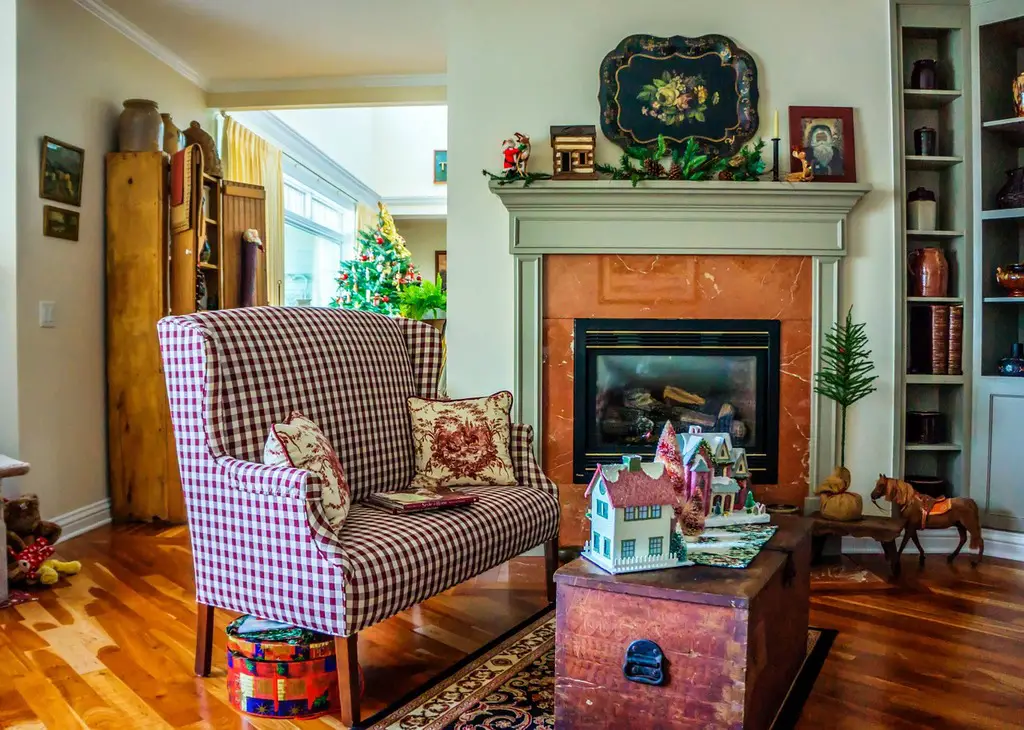
A living room filled with too many decorative pieces can feel cluttered and overwhelming. While personal touches are important, an excess of knickknacks, figurines, or tabletop decorations can make a space feel crowded. Guests may struggle to find a place to set down their belongings or feel uneasy in a room that appears overly busy. Simplifying décor creates a more open and inviting atmosphere.
Curating a few statement pieces instead of displaying everything at once can improve the room’s aesthetic. Rotating seasonal decorations or storing less frequently used items can keep the space feeling fresh. Leaving some surfaces clear ensures that guests have room to place drinks or personal items. A well-balanced décor scheme enhances comfort and allows the space to feel more breathable.
